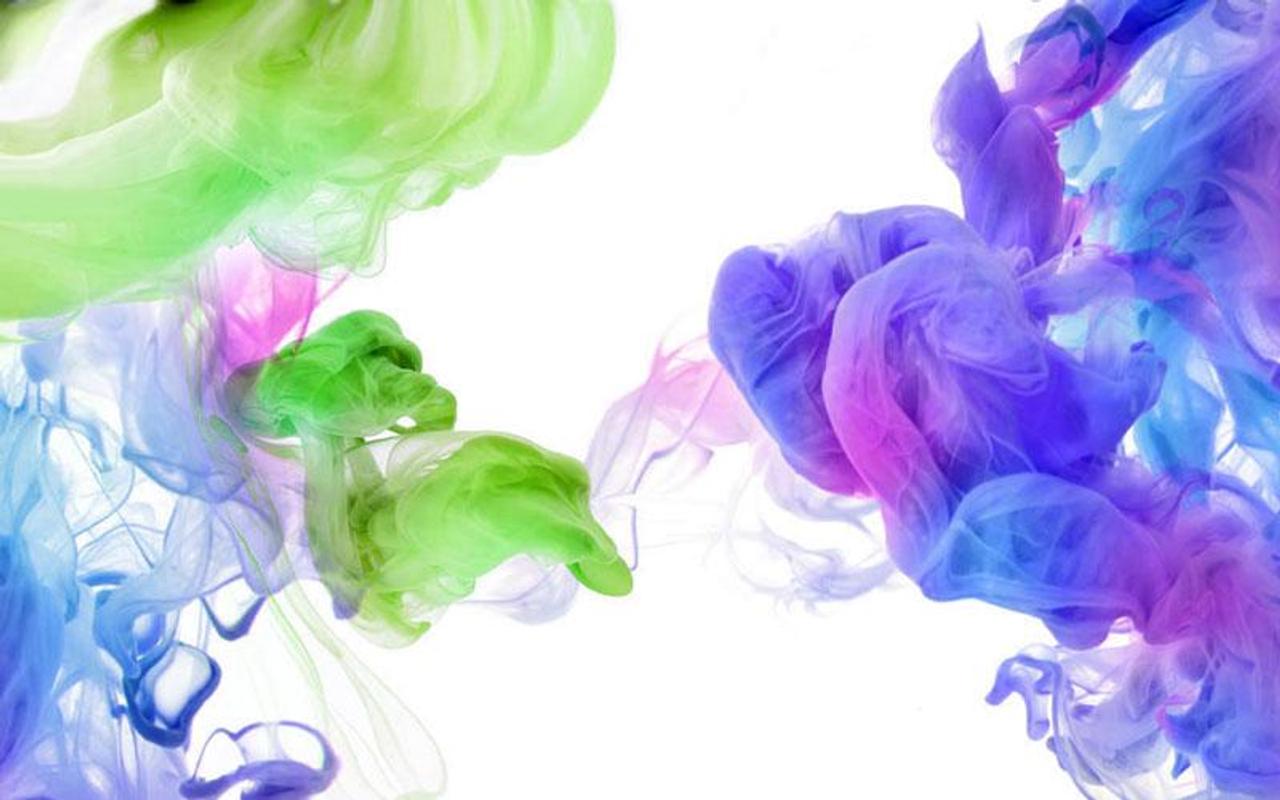

Yellow color in water would, of course, mean something funny. However, that rule is subject to change if a natural disaster occurs in your area, or you smell something funny in your otherwise fine water. Ideally, a well should be tested every spring, once the snow melts, in order to assess the levels of coliform bacteria, total dissolved solids (TDS), other potential contaminants, and pH. Having your well tested or testing it by yourself if you have the means, will help you identify the cause of the problem and determine the best course of action. However, they all start with a basic tenet: regular testing. There are several different treatments available depending on the cause of the problem.
#Tinge water professional
Therefore, it’s better to call for professional help. Iron bacteria is difficult to remove and often requires a combination of pasteurization, chlorination, and filtration. You can easily identify their presence in your well by a swampy or oily taste. They also turn water orange, red and even brown. Yellow well water isn’t the only sign of iron bacteria contamination. They get their energy by oxidizing iron, manganese, and other metals, which can cause staining, clogging, and discoloration of water. Iron bacteria are microscopic organisms that live in water and soil. When water containing ferric iron is exposed to oxygen, it will turn yellow or brown. Ferric Iron Contamination Causes Yellow Well Waterįerric iron is dissolved iron that has been oxidized and turned into a solid. Still, let’s take a closer look at the main culprits: 1. The best way to do it is to have the well regularly tested to ensure it meets all health and safety standards. Surface runoff can pick up harmful bacteria and contaminants, posing a serious health risk both in the short and long term.Įnsuring the safety of well water is the responsibility of the well owner. The first step is to have your water tested even if the yellowness is caused by surface runoff from rain or melting snow. So, it’s better to take immediate action by first determining the cause/source of yellow water. These contaminants don’t represent significant health risks in the short term, but they’re usually a sign that the well is polluted and drinking contaminated water can have long-term health effects. If you notice that your well water is suddenly yellow, it’s likely due to iron bacteria contamination, ferric iron, rusty pipes, or sediment in the well. Why Is My Well Water Yellow All of a Sudden?
#Tinge water how to
Step-by-step guide on how to get rid of yellow coloration in your well water.The most common reasons for yellow well water.

Shock well or use chemical injection system (Our recommendation: Springwell Injection System) Yellow brown or red coloration, Thick & slimy water Get a sediment filter or Tannins removal system with water softener (e.g Springwell Tannins System)

Yellow water from a particular faucet, Visible rusty pipes.ĭebris in water at bottom of cup, Unpleasant taste Get an iron filter system (Best solution: Springwell Iron Filter) Here’s a tabular view of the common causes & solution: Yellow Well Water Cause While its not uncommon for well water to turn yellow, there are some instances where it might be indicative of a more serious problem. If your water supply source is from a well, you may notice occasional yellow color in the water.


 0 kommentar(er)
0 kommentar(er)
